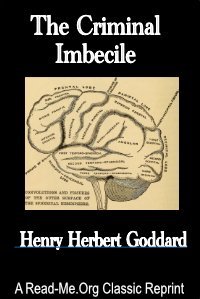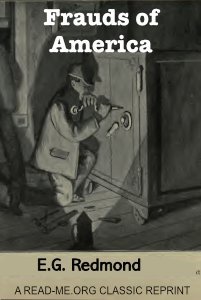By Maurice Vanstone and Anne Worrall
There has not been a specific history of supervising women in the community. This article, therefore,describes the early neglect of work with women and the period of change from the 1970s when women became more visible and the criminal justice system’ sresponse to them began to face scrutiny. It posits the story against the background of increased awareness of gender discrimination and efforts to reduce the use of imprisonment by addressing women’s criminogenic and social needs through community-based supervision.It juxtaposes innovative work initiated by practitioners and managers to years of unfulfilled policy promises.An essential part of the story is the attempt to integrate feminist perspectives into policy and practice at a time of organisational and political turbulence. It con-cludes that our increased understanding of criminalised women presents the opportunity of breaking the frustrating cycle of governmental ‘enthusiasm-disillusion-indifference’ and making a genuine contribution to equality and social justice.
Howard J. Crim. Justice. 2024;1–15.




















